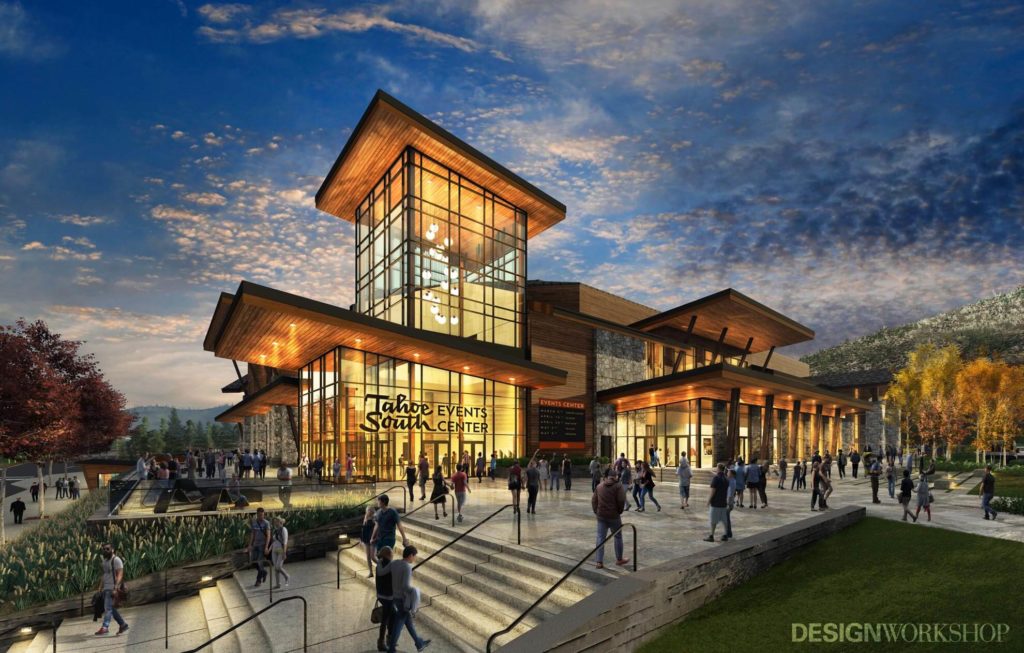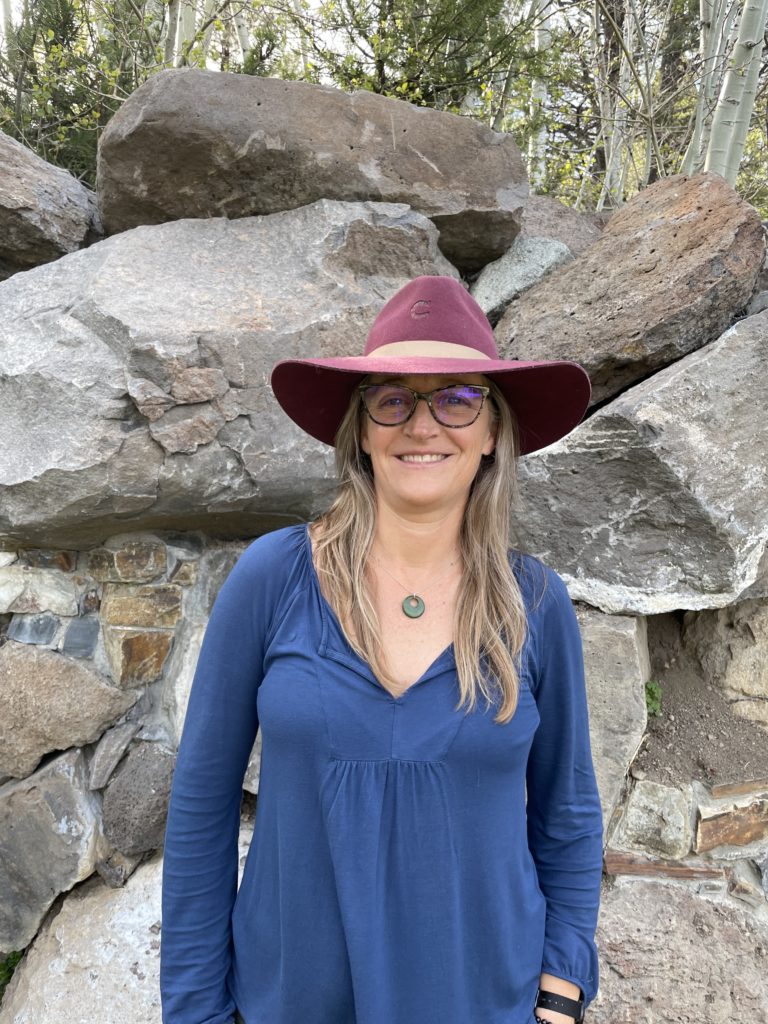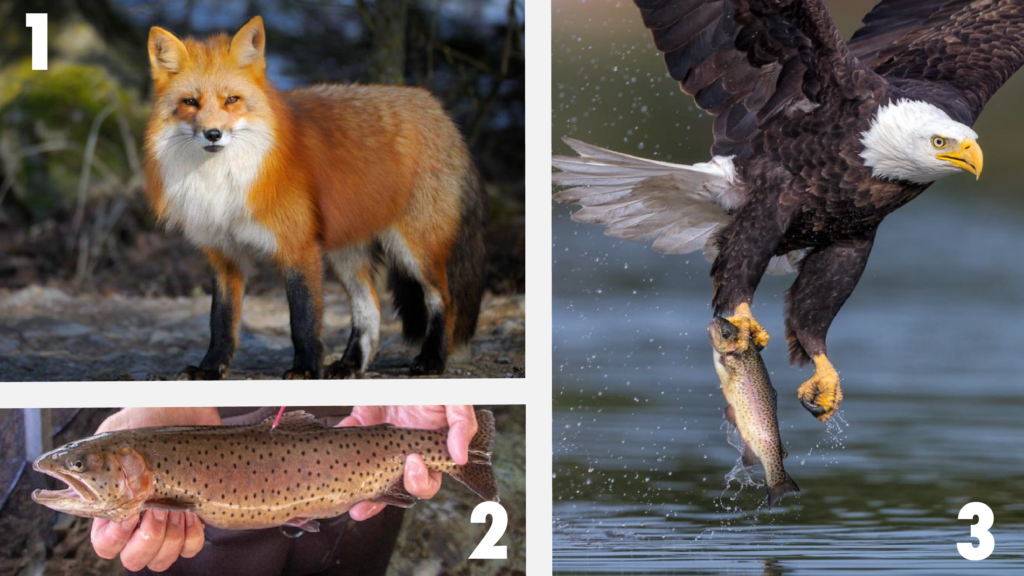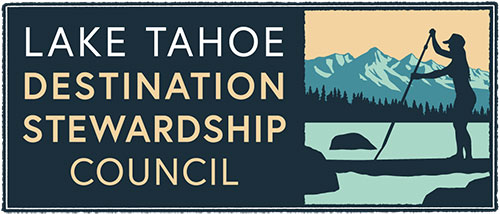Over 1,200 votes were cast in the art installation contest hosted by Tahoe Fund and Clean Up The Lake
After a heated competition, the Tahoe Fund and Clean Up The Lake announced that the new art installation created from some of the 25,000+ pounds of litter removed from Lake Tahoe will take the form of a bald eagle holding a Lahontan cutthroat trout. Over 1,200 votes were cast in the contest to determine the sculpture’s design, with the bald eagle and trout combination taking first place over the Sierra Nevada red fox and Lahontan cutthroat trout.

Following the unprecedented year-long scuba clean-up of Lake Tahoe by Clean Up The Lake, the Tahoe Fund with support from Tahoe Blue Vodka, commissioned artists to create a sculpture using some of the recovered items from the Lake. “Surfaced,” depicting the bald eagle and trout, will be created by internationally recognized artists Joel Dean Stockdill and Yustina Salnikova with production by the art agency Building 180. Once complete, it will become a permanent art installation at the new Tahoe South Events Center to educate visitors about what lies beneath Tahoe’s blue waters.
“Over the past year, our dive team collected over 12 tons of litter. The artists are going to have some really interesting pieces to work with as they create their next masterpiece,” said Colin West, founder and executive director of Clean Up The Lake. “What I’m most excited about though is that this sculpture will be a lasting reminder of the importance of the effort each of us need to take to prevent litter from reaching the depths of Lake Tahoe.”
“This contest was a great way to make every person who voted part of the Clean Up The Lake story,” said Amy Berry, Tahoe Fund CEO. “All three of these endangered animals call Tahoe home and serve as an important reminder that we need to take care of the lake — for each other and for them.”
The new Tahoe South Events Center, scheduled for opening in early 2023, will feature two levels: an event floor, suites, conference and meeting room level, as well as an event lawn area. Seating for up to 6,000 will be available for concerts, performing arts, trade shows, and sporting exhibitions along with a seasonal micro-transit system. It is expected to host up to 130 events a year with opportunities to expand visitation into shoulder seasons and mid-week periods. The anticipated economic impact to the entire community is estimated at $40-60 million per year. When completed the center will employ around 15 full-time staff members and between 200 to 300 part-time staff to run the events.








